SiC itself will work out to very high temperatures, but the rest of the device might not. It's not that far beyond normal working temperatures (maybe 250 °C or so) that aluminum contacts (the bits that let you connect to the semiconductor, inside the package) can delaminate, breaking the connection between the semiconductor and the outside world.
That said, typical SiC devices can function at much higher temperatures than silicon ones. That is, in fact, one of the advantages of SiC over silicon (though not the main one).
It's difficult to test devices out to high temperatures, though. Many ovens for reliability testing don't go higher than 180 °C, so it's quite possible that a part may work well past 200 °C, but the manufacturer doesn't feel the need to invest in new test equipment to test them past 175 °C.
You should also bear in mind that the reverse leakage of a diode is exponential in temperature, meaning it goes up rapidly as the part heats up. That may limit the usable temperature range for your purposes.
